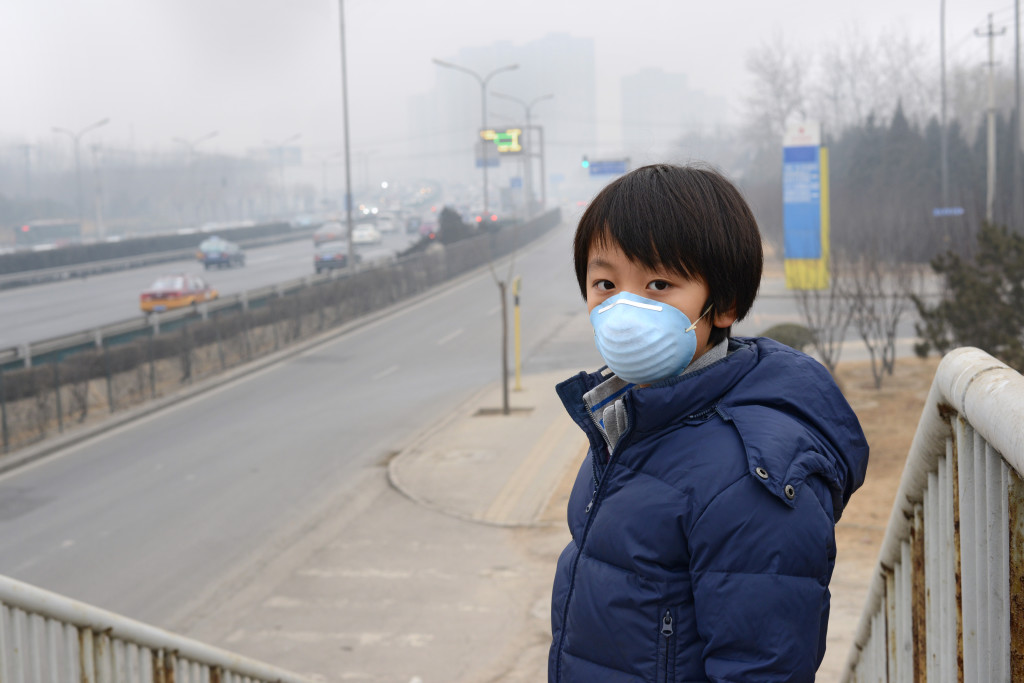Author: Francesco Dato, PHRi, Senior Consultant at CARRHURE Green Human Resources Management is a…
The Bleak Future Children Will Face With Pollution
The whole world is affected by pollution, however, low-income cities are the ones that are mostly affected. More than 80% of individuals living in urban cities are exposed to air quality levels that exceed the limits of the World Health Organization.
The most recent urban air quality database reports that 98% of cities in low- and middle-income nations with more than 100 000 residents do not meet air quality guidelines of WHO. This percentage declines to 56% in high-income countries. This database for the past two years includes 103 countries with 3000 cities. Air pollution levels are being measured by cities that recognize the health impacts related to this concern.
The possibility of obtaining chronic and acute respiratory diseases, heart disease, stroke, lung cancer increases for urban residents as the air quality in these cities decline. Dr. Flavia Bustreo, WHO Assistant-Director for General, Family, Women, and Children’s Health emphasizes that air pollution is a major source of disease and death. The most vulnerable groups of people that are affected when cities are covered with dirty air are the youngest, oldest, and poorest.
Onitsha, Nigeria: The World’s Most Polluted City in 2016
Most people connect Nigeria as a place of romance with Victoria Falls or Table Mountain evoking of panoramic images. However, Onitsha, one of the major cities in Nigeria, is reported by WHO as the most polluted city in 2016. Onitsha has 30 times more than the recommended levels of particulate matter of 10 by WHO.
Effects of Air Pollution to Children’s Respiratory Health
There are a number of reasons why young children are more vulnerable to the effects of air pollution. The brain, immune system, and lungs of children are immature at birth and develop rapidly until six years of age. This age period makes the respiratory tract to be permeable. Children have a larger surface area in the lungs when in comparison to their body weight and inhale 50% more air per kilogram of body weight when compared to adults. Children’s health is significantly affected by this early growth and development. Exposure to air pollution affects the future health of children. Moreover, children breath more outdoor air compared to adults because they tend to spend more time playing outdoors.
The Children’s Health Study (CHS) is one of the most comprehensive, long-term researches that examine the impact of exposure to air pollution on the respiratory health of children. This research began in 1992 and is initiated by researchers from the University of Southern California. Six thousand children who attend public schools in 12 Southern California communities with different levels of air pollution for a period of 8 or more years have been the respondents to the data gathered by the said team.
The study reported significant findings. These include air pollution’s short-term effects that include acute respiratory illnesses and asthma attacks. Moreover, chronic respiratory diseases and development of asthma for the longer-term effects of air pollution. For instance, researchers discovered that there was an increase in school absences due to respiratory illnesses in relation to short-term increases in ozone concentrations. There is now significant evidence that symptoms in asthmatic children are exacerbated because of ozone and particles. CHS researches found out that there is an increase in chronic cough and bronchitis and reduced lung function in young children who are exposed to high levels of air pollution. These are further increased in regions with high particle concentrations. Southern California children were three times more prone to developing asthma because they play many outdoor sports in high-ozone regions. Researchers, generally agree, that air pollution is the catalyst of asthma attacks and worsen symptoms of asthma. However, studies still need to provide data that it really can cause the development of asthma.
Children in Delhi: Evidence to the Worsening Effects of Air Pollution
The Chittaranjan National Cancer Research Institute in Kolkata, India had a massive 2010 study that studied at health effects of air pollution on approximately 11,000 Delhi school children. The study found out that in comparison the control group,New Delhi children had 1.8 times more respiratory diseases. Children from lower socioeconomic status had more widespread respiratory symptoms compared to families with higher economic status. Respiratory symptoms were more prevalent in winter and least prevalent during monsoon because of the levels of particulate matter. Lung function reduced in 43.5% of the Delhi school children compared to 25.7% in the control group. Further, girls had a more prevalent reduction in lung function.
Conclusion
Air pollution is a global issue that has to be resolved globally through local measures. Current studies already show the worsening results to children in the most populated cities in the world. Hopefully, this trend will be curbed and the bleak future children will face with pollution will be stopped.




